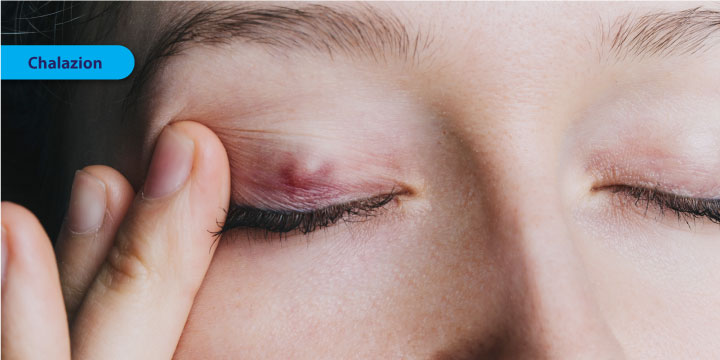Chalazion - Symptoms, Causes and Treatment
07-04-2024
What is a Chalazion?
A chalazion is a small, painless bump that forms on the eyelid when an oil gland becomes blocked. It is usually not a serious condition and often goes away on its own without any treatment. However, in some cases, a chalazion may grow larger and become bothersome or cosmetically unappealing. If this occurs, it is important to seek the advice of an eye care professional to determine the best course of action.What Are The Causes Of Chalazions?
Chalazion is typically caused by a blockage in the oil glands of the eyelid, which prevents the normal flow of oil to the surface of the eye. This blockage can lead to the formation of a small lump or bump on the eyelid, known as a chalazion. In some cases, the blockage may be due to inflammation or infection of the oil glands. Over time, the trapped oil can harden and form a cyst-like bump.What Are The Risk Factors For Chalazion?
There are several risk factors that can increase the likelihood of developing a chalazion. These include individuals who have a history of recurrent chalazia, those with certain skin conditions such as rosacea or seborrheic dermatitis, and individuals with chronic blepharitis. Additionally, people who wear contact lenses or have a weakened immune system may be more susceptible to developing chalazia. It is important for individuals with these risk factors to be aware of the potential for developing a chalazion and to seek prompt treatment if one does occur.What Are The Symptoms Of Chalazion?
The symptoms of Chalazion typically include a small, painless bump on the eyelid that may gradually increase in size. Other common symptoms include redness, swelling, and tenderness around the affected area. In some cases, a Chalazion may cause blurred vision or discomfort when blinking. It is important to seek medical attention if you experience any of these symptoms to receive a proper diagnosis and treatment.How is a Chalazion Diagnosed?
Chalazion is typically diagnosed through a physical examination of the eyelid. During the examination, your optometrist will visually inspect the eyelid for any signs of a small, painless bump or swelling. In some cases, your optometrist may also gently touch the area to assess tenderness or firmness. Additionally, they may use a special magnifying instrument called a slit lamp to get a closer look at the chalazion and rule out any other potential eye conditions. In some cases, your optometrist may recommend further tests or imaging studies to confirm the diagnosis and determine the best course of treatment.How is a Chalazion Treated?
Chalazion can be treated through various methods depending on the severity of the condition. In mild cases, warm compresses applied to the affected area can help reduce inflammation and promote drainage. For more stubborn or persistent chalazia, steroid injections may be recommended to reduce swelling and speed up healing. In some cases, surgical intervention may be necessary to remove the chalazion if it does not respond to other treatments. It is important to consult with an eye care professional to determine the most appropriate treatment option for your individual case.Is There A Cure For Chalaziona?
While there is not a definitive cure for Chalazion, there are several treatment options available to help manage and alleviate symptoms. These treatments may include warm compresses, eyelid scrubs, antibiotic ointments, steroid injections, or surgical removal in some cases. It is important to seek treatment from an eye care professional to determine the best course of action for your specific situation. With proper care and treatment, Chalazion can often be effectively managed and resolved.How Can Chalazions Be Prevented?
Chalazion can be prevented by practicing good eye hygiene. This includes regularly cleaning the eyelids and avoiding touching or rubbing the eyes with dirty hands. It is also important to remove makeup before going to bed and to replace old or expired eye makeup products. Additionally, wearing protective eyewear when participating in activities that could potentially lead to eye injury can help prevent the development of chalazion. Regular eye examinations by an optometrist can also help detect any early signs of eye conditions that may increase the risk of developing chalazion.Regular eye exams with advanced technologies are essential for the early detection and treatment of chalazions. Schedule an eye exam with an optometrist today!
Schedule An Appointment
Adult Eye Exams
Our advanced eye exams consist of 25+ modern tests and digital scans to assess eye health, function, and visual acuity.

Child Eye Exams
Give your child a clear future with an annual eye exam from our experienced Edmonton optometrists.

Senior Eye Exams
Maintain your vision through your golden years with gold standard eye care from the optometrists at our Edmonton eye clinic.

Contact Lens Eye Exams
Our eye exams for contact lens wearers include test and digital scans to assess eye health, function, visual acuity, and lens fit.
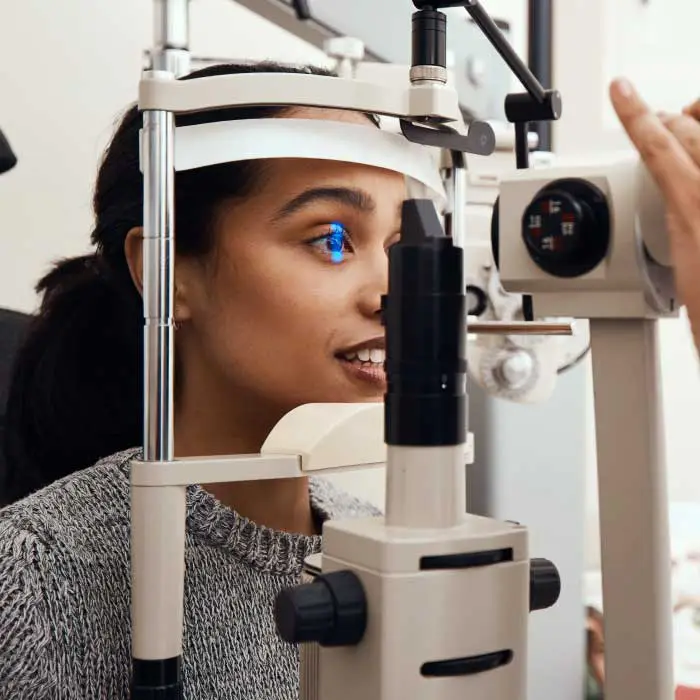
Diabetic Eye Exams
Managing diabetes requires regular eye exams to ensure that diabetes is not causing irreversible vision loss.
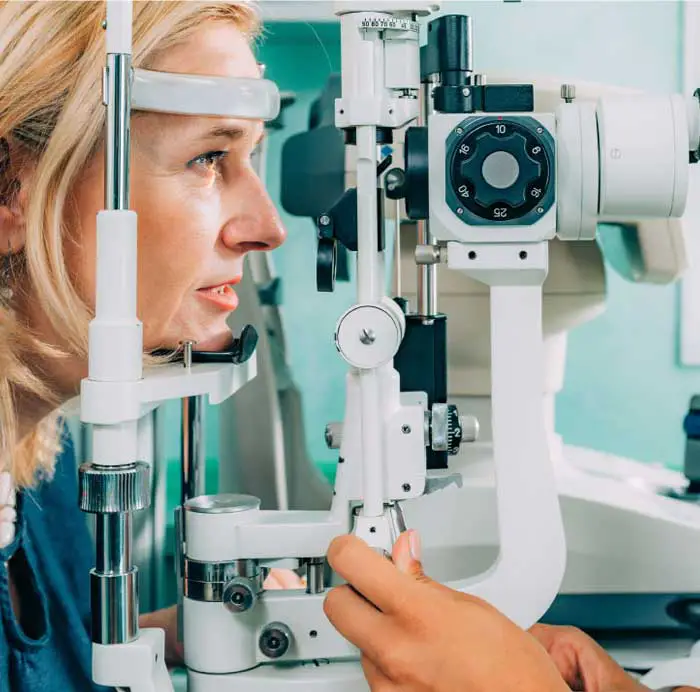
Dilated Eye Exams
Dilating the eyes enables our Edmonton optometrists to see more of the eye so that you many never see less.
Our Edmonton Eye Exams Are Comprised Of 4 Phases Of Evaluation
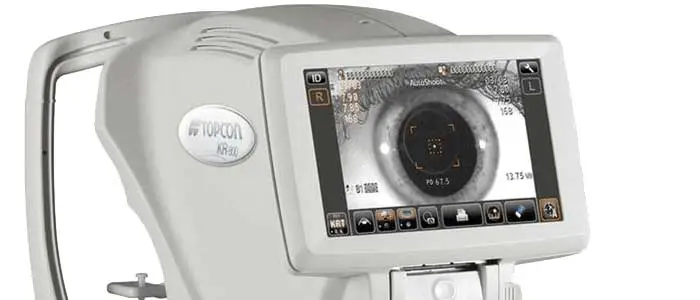
1. Eye Exam Pre-Testing
Corneal Thickness | Intraocular Pressures | Visual Field
Pre-testing is a detailed process that gathers all necessary information for the optometrist in advance of the optometrist-administered eye examination. This process involves completing a detailed patient history, as well as a series of standard tests. Pre-testing is an essential part of the comprehensive eye exam process, providing valuable information and visuals for both the optometrist and the patient.
More About Pre-Testing »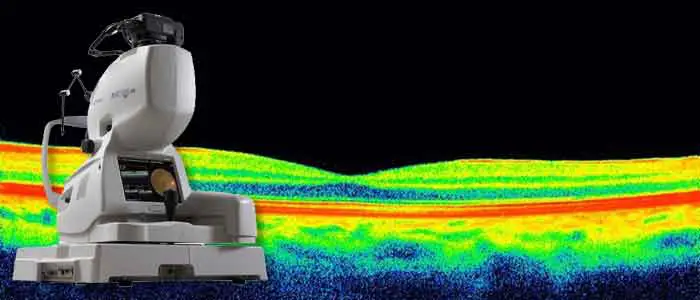
2. Advanced Diagnostic Testing
Retinal Photography, OCT, Topography
eye-deology Vision Care differentiates itself from other clinics by having the most advanced modern diagnostic specialty testing equipment. Specialty equipment, such as a wide-angle high-resolution retinal imager, Optical Coherence Tomography (OCT), Humphrey Visual Field Analyzer and corneal topographer, ensures that patients receive the best comprehensive eye care.
More About Advanced Testing »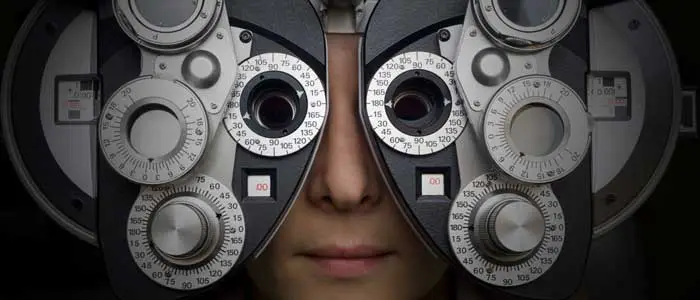
3. Optometrist Examination
Health Assessment & Disease Diagnosis
eye-deology Vision Care Edmonton optometrists perform a multitude of tests and assessments to evaluate ocular health, eye coordination, and visual acuity. In addition, they also evaluate the results of the tests and scans performed during pre-testing. As part of patient education, our optometrists also take the time to show and explain results to patients.
More About Doctor Exam »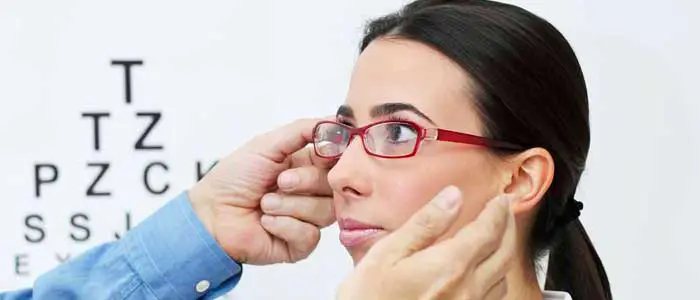
4. Eye Glass Consult
Prescription | Lens Selection | Digital Fitting
If you require corrective lenses to improve your vision, our licensed opticians will customize their fit to your unique attributes, needs, lifestyle, and budget. Our opticians are happy to provide you with information about the latest eyeglass frame and lens technologies available so you can make informed decisions and begin seeing and looking your best.
More About Eyewear Consult »